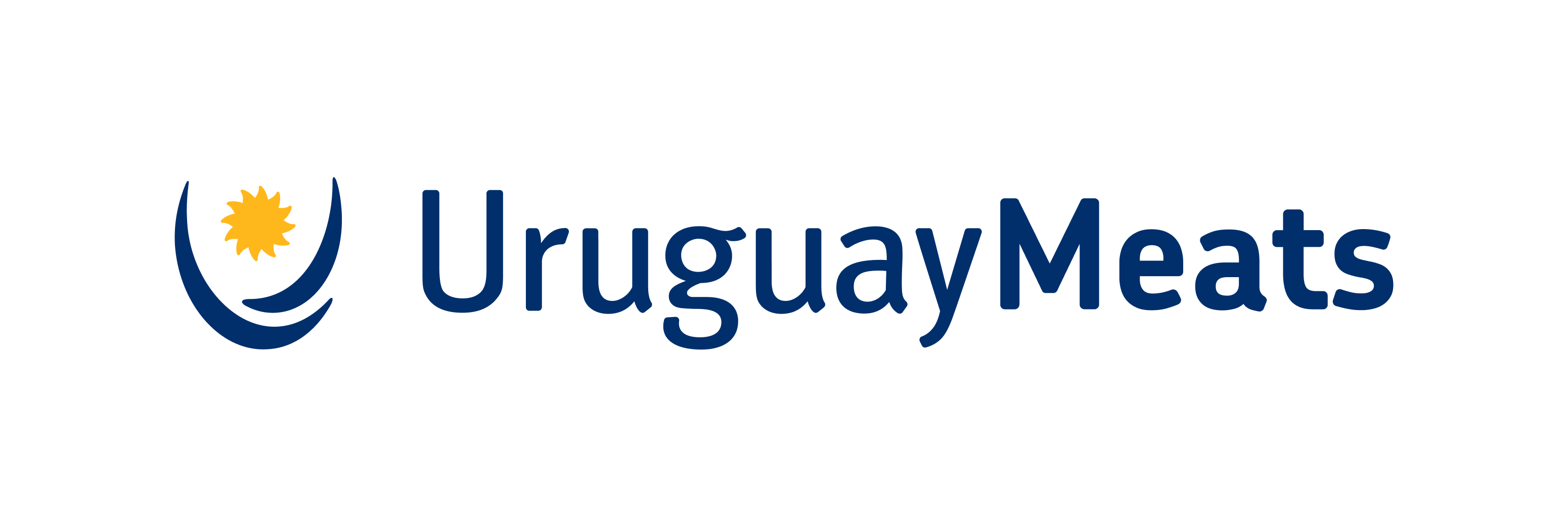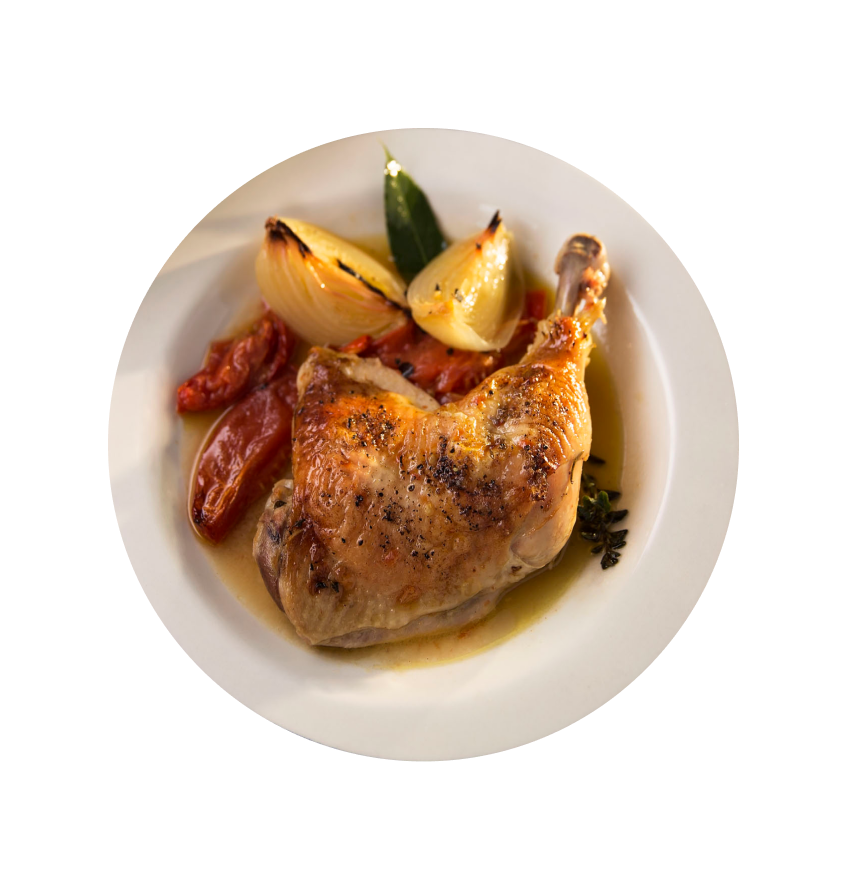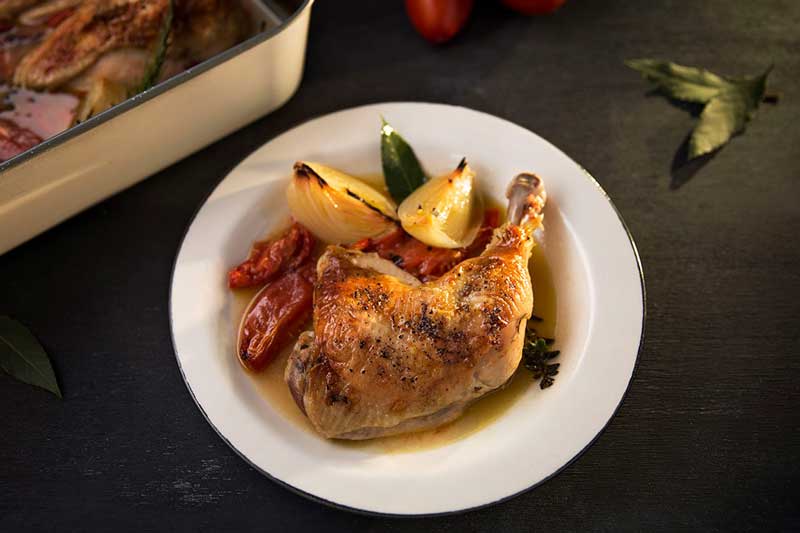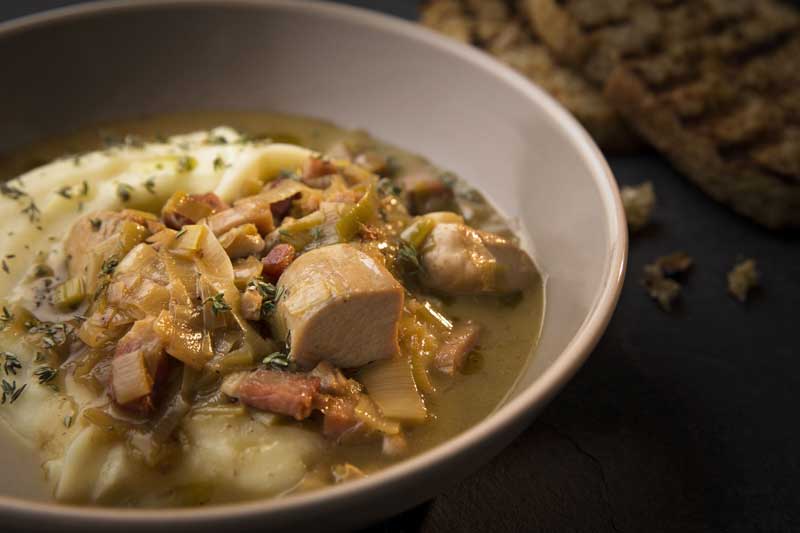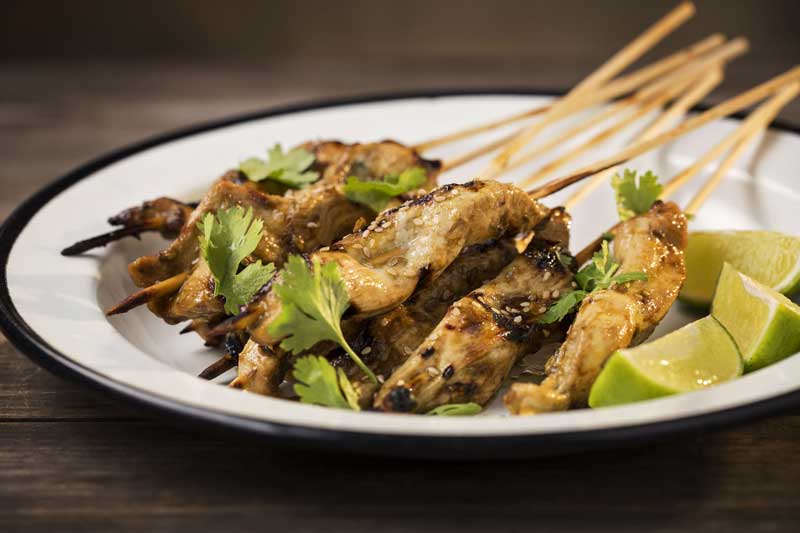POULTRY
Nutritional values of chicken cuts
Its muscle fibers are soft to chew. It is an ideal food for babies, children, and seniors, easy to digest and well tolerated by people with gastritis, liver problems or a history of digestive surgery. Water is the most abundant chemical component of chicken meat, as it contains 70 ml in 100 grams.
Together with proteins, they are the structural basis of muscle tissue. It is lean meat, with a range of fat contents depending on the cut. Half a breast contains only 7.5 g, and a deboned skinned chicken thigh contains 19.3 g; the caloric difference is mainly due to its fat content. The predominant fatty acids are unsaturated, being almost half the lipids monounsaturated, one third saturated and one fifth polyunsaturated.
Cholesterol is a type of fat present in all animal products, as it is part of the cell membrane. Chicken contains 70 mg, a content that clearly increases if consumed with skin. Chicken meat is rich in good quality proteins, as it contains essential amino acids for the formation of all body tissues. The preparation and cooking methods chosen for each cut will alter their calories and nutritional value. Chicken is rich in some minerals, such as iron, zinc and phosphorus, while the contents of calcium, iodine and magnesium, are rather low. The quality of iron in chicken is excellent and it is efficiently used by our body; it is indispensable for a proper functioning of the brain and good physical performance. Zinc, on the other hand, is an important mineral involved in reactions such as DNA synthesis, tissue repair and growth.
Chicken meat is an important source of B complex vitamins, including thiamine, riboflavin, niacin, vitamin B6 and B12. However, it is not a good source of folic acid, vitamin A, D and C. (Food Department of the Nutrition and Diet School – University of the Republic, Manual de Carnes Alternativas, INAC 2008).
